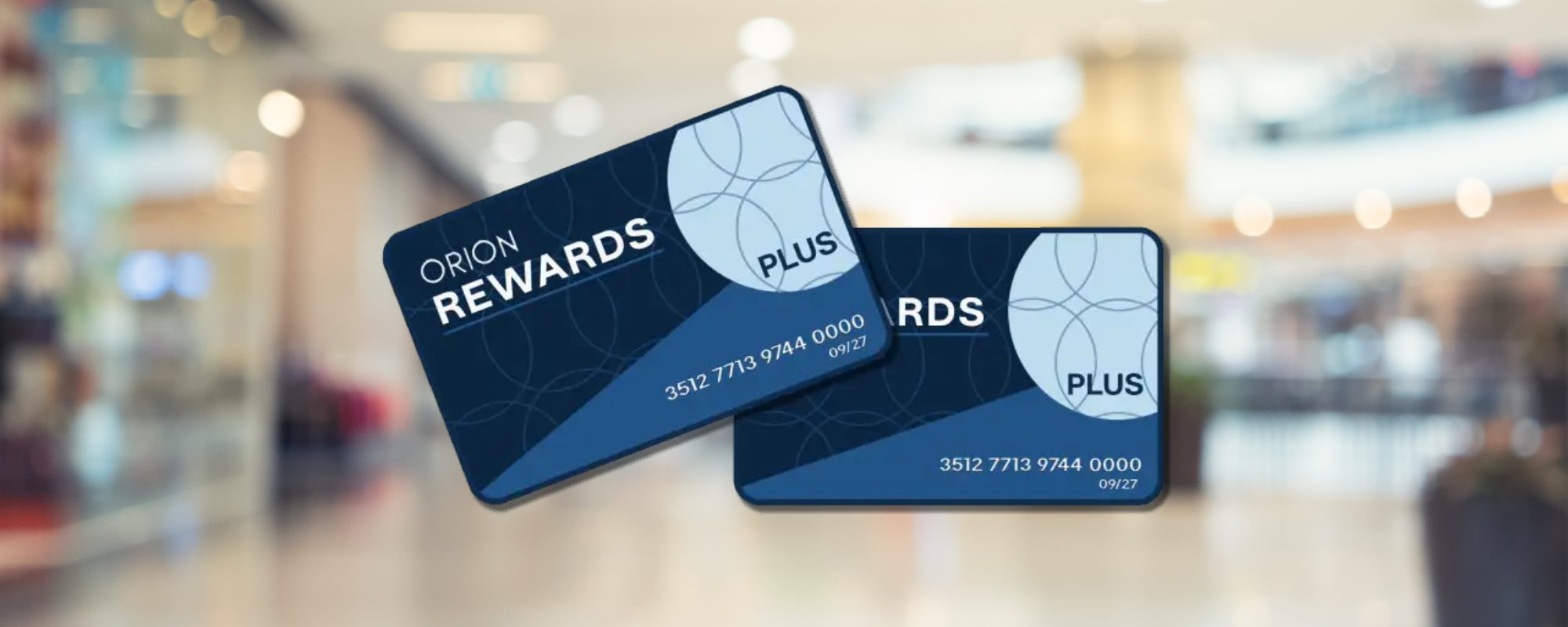
Security print is more than just ink on paper. It’s a complex art and science used to protect sensitive documents from fraud and forgery.
We sat down with the Managing Director of ICG’s Security Print Division, Jim Richardson, to delve into the world of Security Print. In this Q&A, Jim explains the intricacies, applications, and the role Security Print plays in safeguarding our valuable, confidential and sensitive information.
Understanding Security Print
What is Security Print and how has it evolved during your career within the industry?
Many of the traditional printing techniques used in security printing, like intaglio and letterpress date back over hundreds of years. The main developments that have been seen over the last 30 years are how we use software to enhance security features and validate them. The latest security print designs are far more complex and difficult to replicate these days. They include multiple layers of security design techniques to prevent tampering, counterfeiting and copying. We also develop tools to allow our customers and other stakeholders to validate the variable data personalised onto the document.
The VeriSecure App is one example of how this can be done by decoding encrypted QR codes to validate items such as qualification results on certificates or personal identification details on identity documents.
Can you explain the difference between overt and covert security features?
An overt security feature is a feature that is plain to see but difficult to copy. Such as a hologram, complex design or threaded watermarked paper. This is used to deter the counterfeiter from attempting to replicate a document.
A covert security feature is added to protect the document at a forensic level, these are often microscopic, such as an invisible fluorescent micro fibre in the paper or nano text embedded within a hologram design. These features are hidden within the document and are extremely difficult to find unless you know exactly what you’re looking for and have the right tools to find them.
These are essential features for high-level security documents. Professional counterfeiters will invest time and money to produce a good counterfeit if a document can be used to facilitate serious criminal activity, such as producing false identities or fake currency. Covert features are often used to prove a document is counterfeit if a case goes to court.
How important is the human element in detecting counterfeit documents?
Catering for the human element when designing a security print document is essential. You need to specify the right features to fit the environment in which the document is used. For example, there is a huge difference between a border security team at passport control and an employer checking a qualification certificate.
Professional Document Inspectors who are used to checking passports and visas will be trained to look for specific features and will see hundreds of documents a day. In this case verification software and equipment are used when the professional suspects that a document might look like a fake. In the case of a potential employer verifying a candidate’s qualifications, then technology such as validation apps are extremely useful, they need to be user-friendly, and 100% accurate and the tech surrounding data storage must be of the highest security levels.
The World of Security Print
What are the different types of security features that can be incorporated into physical documents?
This is an interesting question. What I mustn’t do is be overly specific with my answer otherwise I will be writing a training manual for fraudsters and counterfeiters. What I can say is that it’s about building up the correct layers of security within a document that is appropriate for its purpose. For example, I often see poorly designed certificates where all the security features used only combat one type of fraud.
You need the layers to work together and complement each other. These start with the base material itself, then the design, the special security inks, then the appropriate additional features like holograms, encrypted QR codes and specialised numbering and validation software.
The trick is to make sure you build a document that deals with three things; counterfeiting, fraudulent alterations and duplication. At the same time, you need to understand which of those types of fraud are most likely to be attempted, it’s unlikely that anyone would want to tamper with a banknote, it’s far more likely that a professional fraudster will attempt to create a counterfeit note or simply try and photocopy it, whereas a qualification certificate may be tampered with by a student to make their results look better.
In what industries is security print most commonly used?
The use of security print is more common than most people would initially think. Cheques are still widely used around the world in the banking and financial sectors. Government departments need to protect sensitive documents such as birth, death and marriage certificates, vehicle licensing, border control documents, visas, passports etc. High street shops use vouchers and gift cards. Awarding bodies, Examination councils and Universities around the world use certificates and diplomas. Large brands use secure labels, tags and packaging to protect their brand identity.
In short, security print is important when you need to protect your identity, your brand, your revenue or your citizens.
How do you stay updated on the latest advancements in security print technology?
The best advances are made when professional suppliers listen to the needs of their customers, it’s important to stay up to date with current trends and the latest technology. You need to make sure your network is built up with like-minded professionals from throughout our industry including paper mills, ink suppliers, Cyber security specialists. Only by working together can we stay one step ahead of the fraudster.
I also think a good business is only as good as its team, being recognized as experts in your field attracts talent to your business in all departments, which in turn creates innovation and advancement, which creates more recognition, which attracts more talent and so on!
Challenges & The Future
What are some of the biggest challenges faced in the security print industry?
Fraud is one of the largest forms of crime in the world and the internet is a major tool for fraudsters. I think the rise of AI will change the landscape dramatically.
As an industry we will have to change the way we market ourselves, if we are clumsy AI will help fraudsters learn our secrets. The speed of change in the technology space has always been a challenge, AI will only make tech development even faster and difficult to navigate.
Digital documents have had an impact on the demand for some types of physical documents, but we embraced this and developed our own digital document solutions. Now with the rise of AI, I’m glad I don’t run a pure tech business because AI technology is starting to impact software development. It will become a never-ending arms race between AI used for fraud and AI used to combat fraud.
But one thing AI cannot replace is human interaction with a secure document. So perhaps the threats of the past will stay in the past and evolve into the opportunities of the future.
How do you balance the need for security with the desire for aesthetic appeal in print design?
This is a simple question to answer, talent! There are good designers out in the world and there are good security print specialists but there aren’t many good designers who are security print specialists. Combining those two skills is where the magic happens. Fortunately, between A1 Security Print and Orion Print we have more than most.
What role do you think AI and machine learning will play in security print?
I refer to my earlier answer.
Looking ahead, what do you see as the future of security print?
Ever changing, ever challenging, exciting, fulfilling, business as usual.
About The Author
Jim Richardson is the Managing Director of ICG’s Security Print division and has over 30 years of experience in the Security Print Sector.


